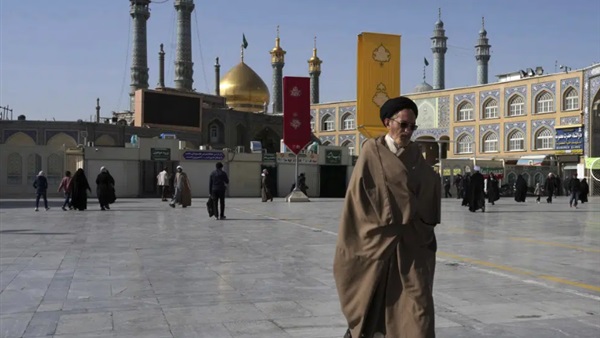Calls for Change in Iran's Shiite Heartland of Qom as Protests Shake the Country

In the heart of Iran's Shiite Muslim community lies the city
of Qom, a center of religious schools and shrines. It is a city that has been
traditionally seen as a bastion of support for the ruling theocracy, but even
here, whispers of dissent can be heard. As protests continue to rock the
country, some residents of Qom are quietly calling for change.
The government's harsh crackdown on demonstrators has been a
major point of contention. Many in Qom still support the clerics who run the country,
but they believe that the state's response to the protests has been too
heavy-handed. They argue that the government should have treated the
demonstrators with greater respect and understanding, rather than using
violence to silence them.
For Qom, the protests have brought a level of upheaval that
the city has not seen in decades. The demonstrations were initially sparked by
the death of Mahsa Amini, an Iranian-Kurdish woman who was detained by morality
police over alleged improper dress. But they quickly grew into a broader
movement calling for political change.
The situation has only been exacerbated by Iran's economic
woes. Renewed sanctions have pushed the country's currency to historic lows
against the dollar, and many ordinary Iranians are struggling to make ends
meet. For some in Qom, the economic pressures are a ticking time bomb that
could explode at any moment.
Despite this, there are still those who see the Islamic
Republic as a bulwark against the country's enemies. Many in Qom support the
mandatory hijab, for example, and see it as a fundamental aspect of their
faith. But even some of those who advocate for the hijab argue that the
government's approach to enforcement has been counterproductive.
The situation is complicated by the role of the clergy in
Iranian society. The clerics were instrumental in the revolution that brought
down the Shah, but they have since become a target of criticism from many
protesters. Some have even taken to knocking off clerics' turbans in public, a
sign of their discontent with the religious establishment.
Despite the mounting pressure for change, however, it
remains to be seen whether Iran's ruling theocracy will be willing to listen.
The reform movement has been calling for change for years, but so far, their
pleas have fallen on deaf ears. As economic pressures continue to mount, it may
only be a matter of time before Iran's political crisis reaches a boiling
point.





